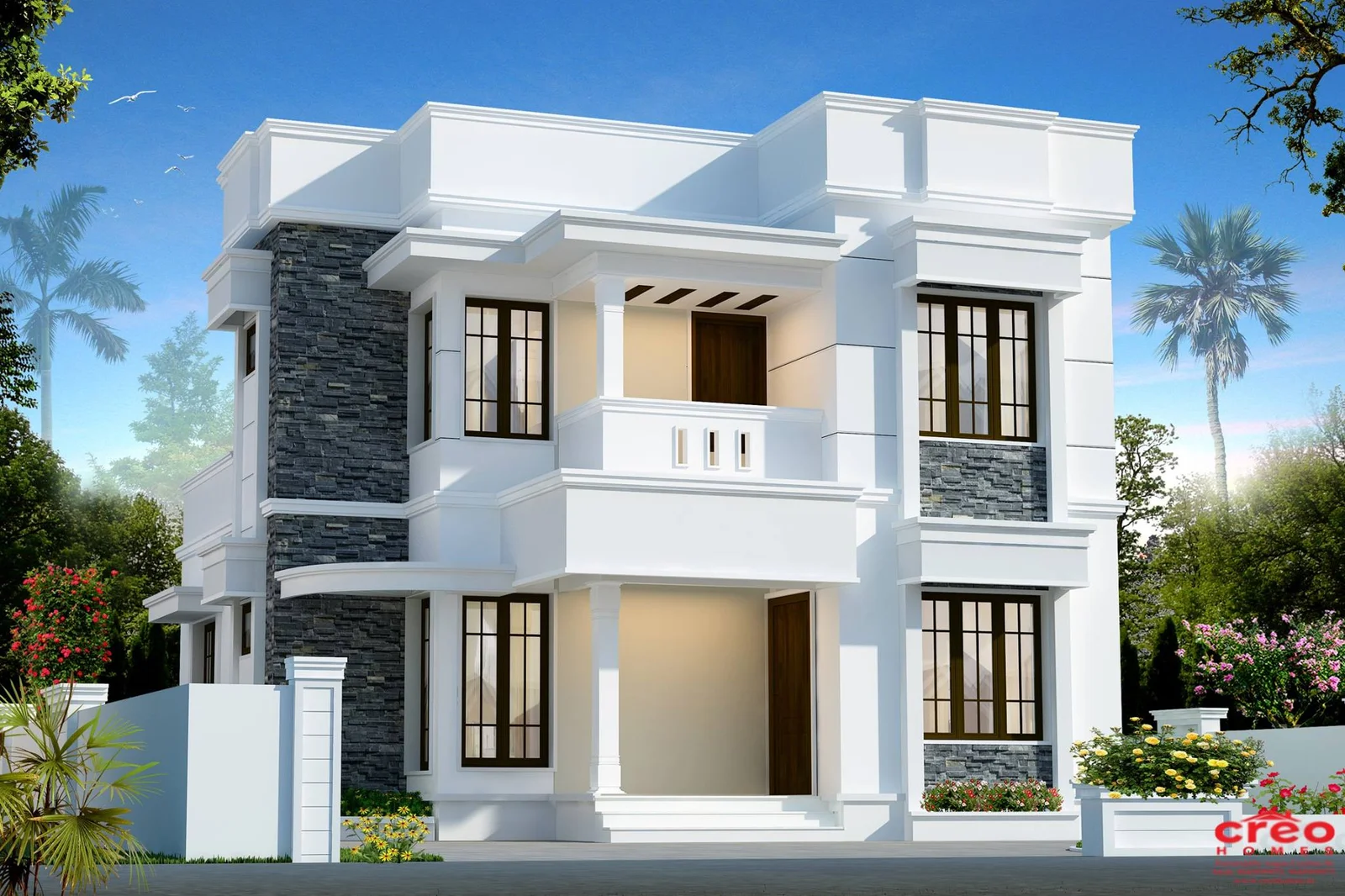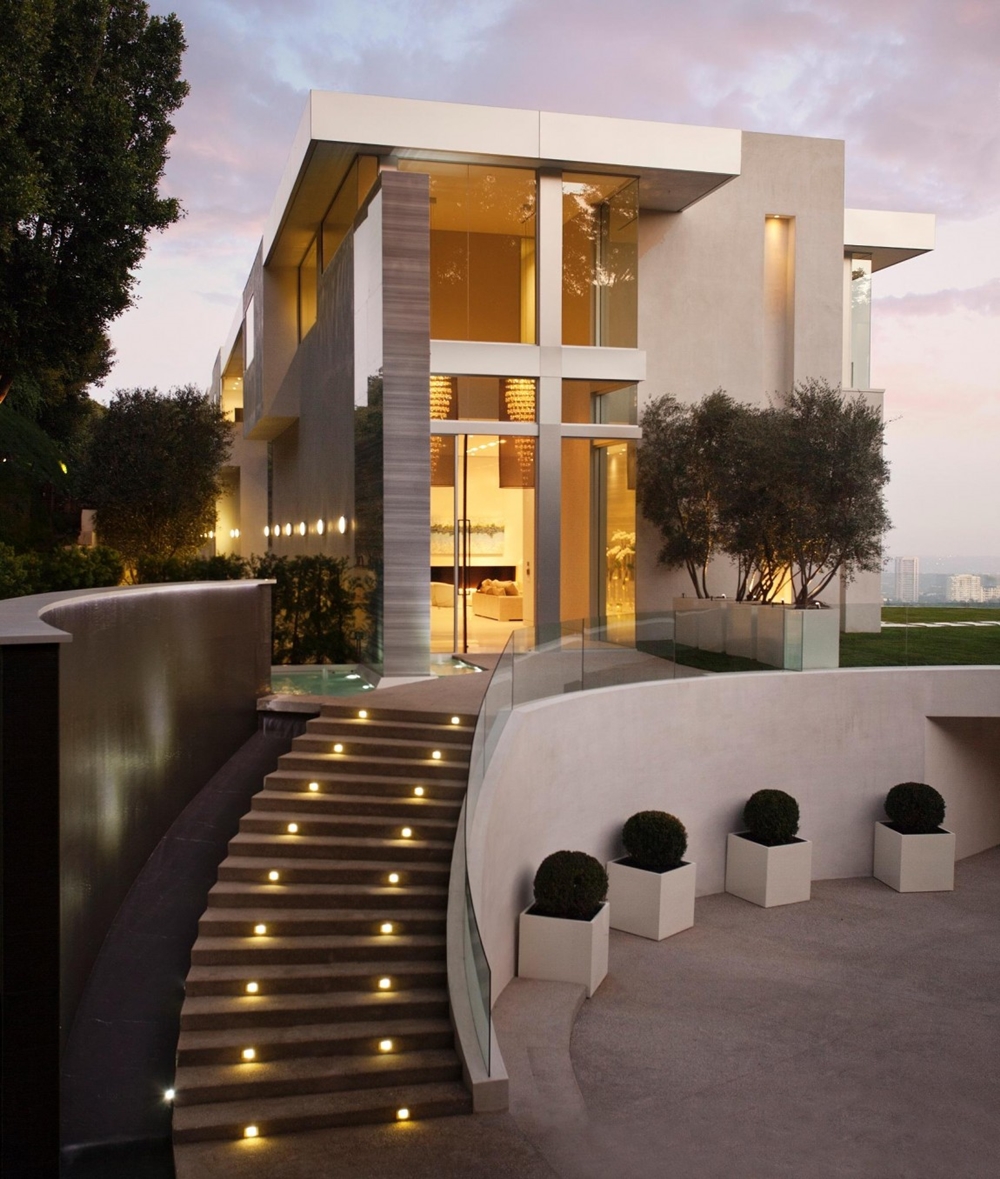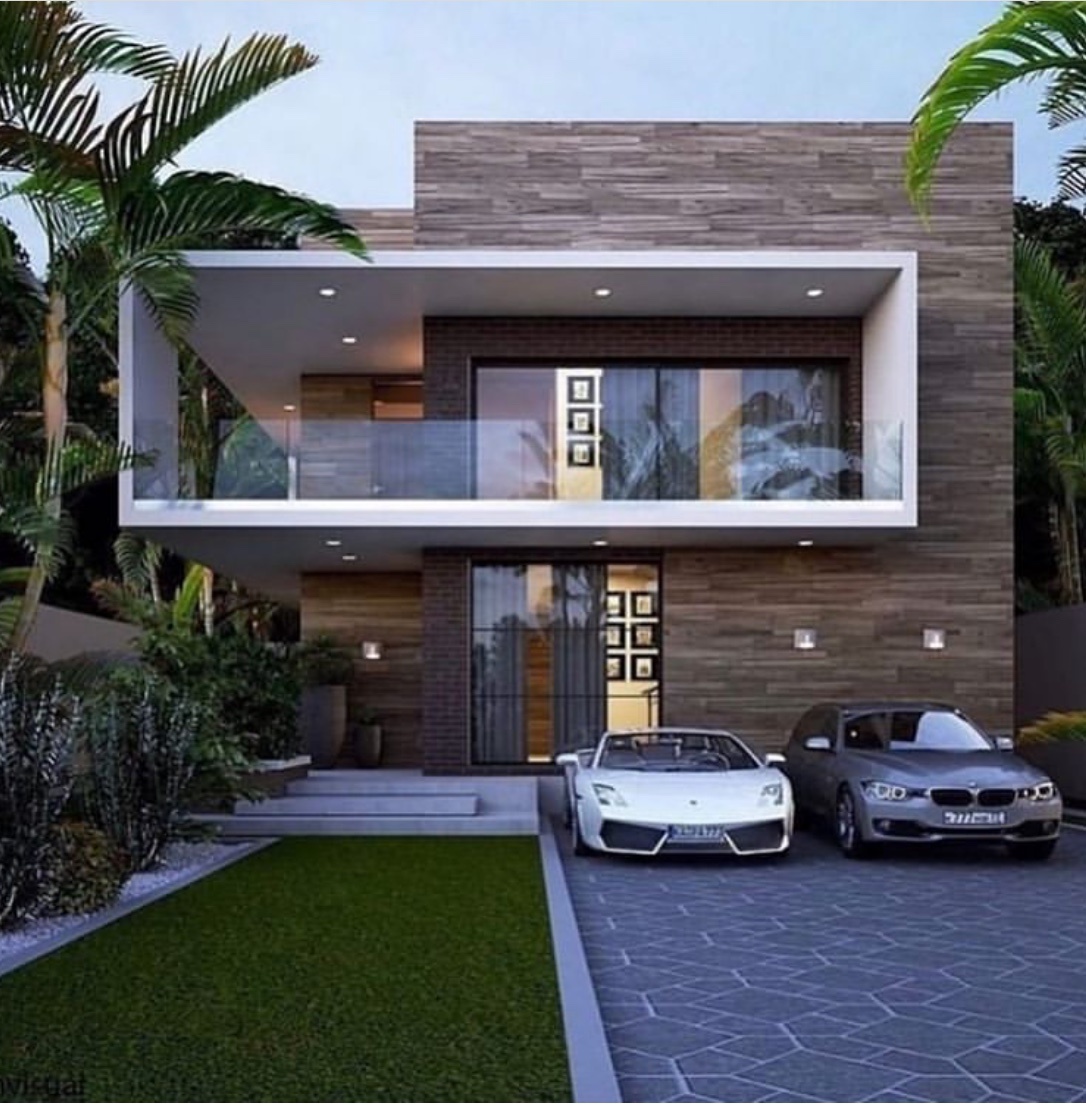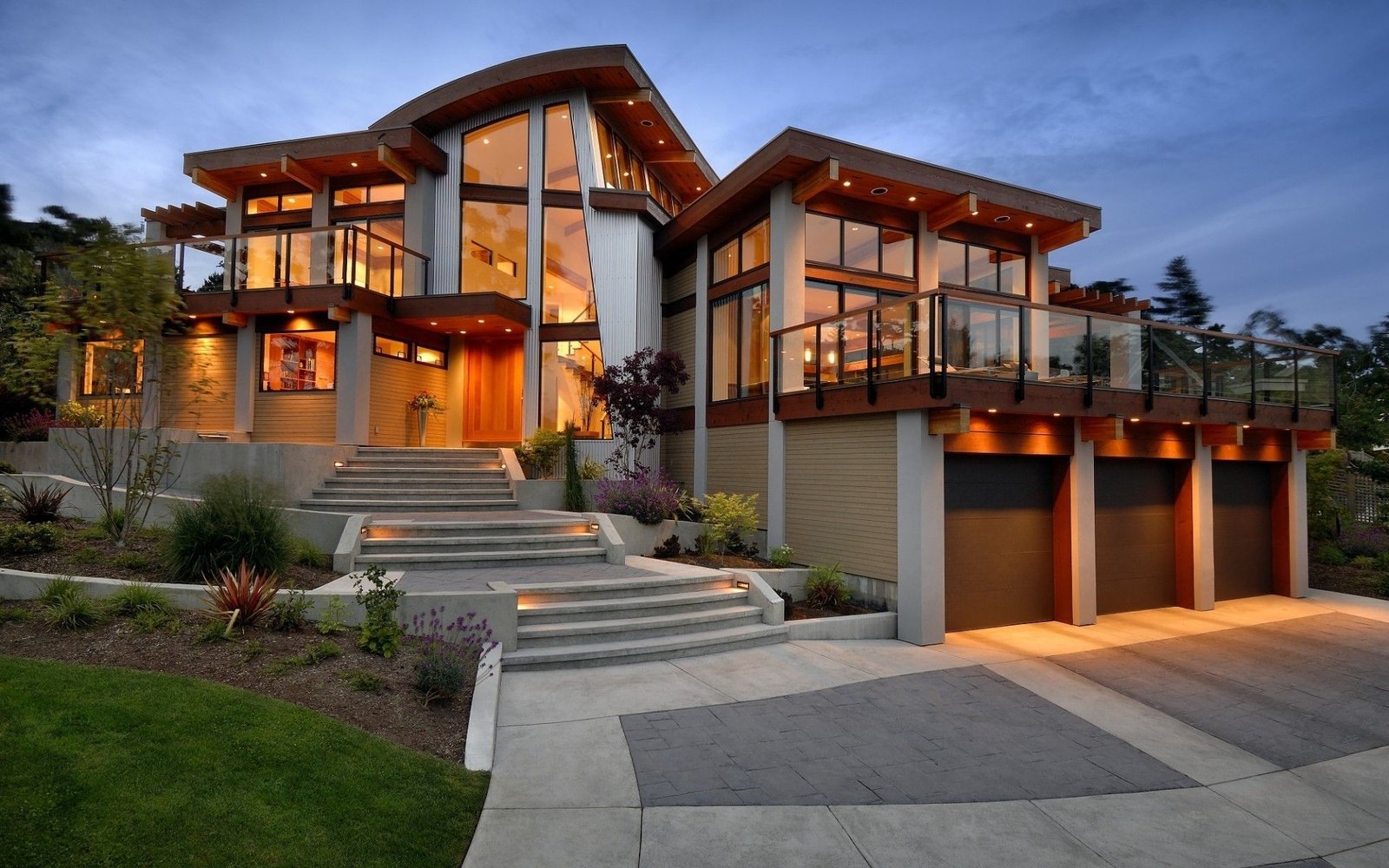
Introduction
When it comes to creating a comfortable and aesthetically pleasing living space, house design plays a crucial role. A well-designed house not only enhances the overall ambiance but also reflects the personality and lifestyle of its occupants. Whether you are building a new house or renovating an existing one, understanding the principles of good house design is essential.

Functionality and Practicality
One of the fundamental aspects of house design is ensuring functionality and practicality. A well-designed house should meet the needs and requirements of its occupants. Each room should serve its purpose efficiently, providing comfort and convenience. From the layout of the kitchen to the placement of furniture, every element should be carefully considered to optimize functionality.

Aesthetics and Visual Appeal
While functionality is important, aesthetics and visual appeal should not be overlooked. A beautifully designed house can uplift the mood and create a sense of harmony. The choice of colors, materials, and textures can significantly impact the overall ambiance. By incorporating elements such as natural light, open spaces, and visually pleasing decor, a house can be transformed into a welcoming and visually stunning space.
Sustainability and Energy Efficiency
In today's world, sustainable house design has gained significant importance. Designing a house that minimizes its environmental impact and maximizes energy efficiency is not only beneficial for the planet but also for the occupants. Incorporating features such as solar panels, energy-efficient appliances, proper insulation, and sustainable building materials can help reduce energy consumption and lower utility bills.

Space Optimization
Optimizing space is a key consideration in house design, especially for smaller homes or urban dwellings. Clever storage solutions, multi-purpose furniture, and efficient use of vertical space can maximize the available area. Creating open floor plans and using light colors can also give an illusion of more space, making the house feel larger and more comfortable.

Comfort and Well-being
A well-designed house should prioritize the comfort and well-being of its occupants. From ergonomic furniture to proper ventilation, every detail should contribute to a healthy living environment. Natural light, good airflow, and the use of non-toxic materials are essential elements in creating a comfortable and safe space. Consideration should also be given to noise reduction, privacy, and creating areas for relaxation and rejuvenation.

Adaptability and Future-proofing
House design should not only cater to the present needs but also consider future requirements. An adaptable house design allows for changes and modifications as the needs of the occupants evolve over time. Flexibility in room usage, accessibility features, and the incorporation of smart home technology can future-proof the house, ensuring it remains functional and relevant for years to come.
.jpg)
Conclusion
In conclusion, house design plays a vital role in creating a comfortable, functional, and visually pleasing living space. By considering aspects such as functionality, aesthetics, sustainability, space optimization, comfort, and adaptability, a well-designed house can enhance the quality of life for its occupants. Whether you are building a new house or renovating an existing one, investing in good house design is a wise decision.